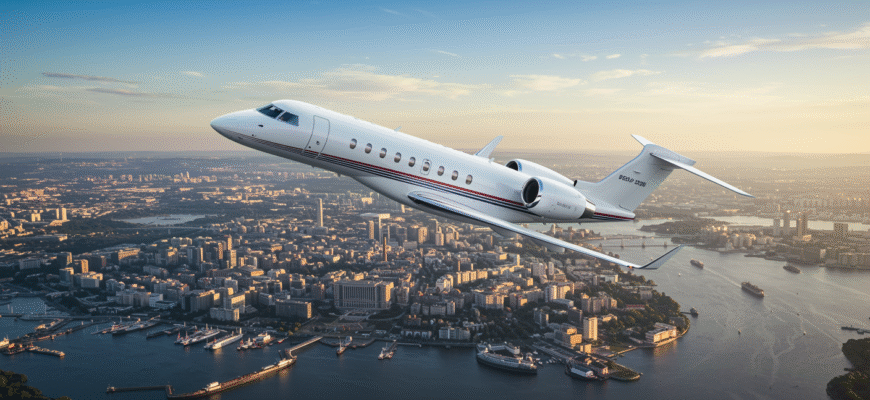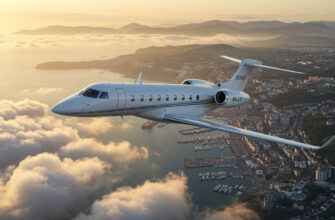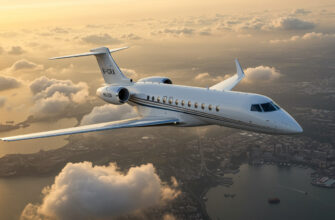Brussels might not brag like Paris or dazzle like London, but when it comes to boarding a private jet under the radar, it’s in a league of its own. Think less paparazzi, more protocol. This is a city built on quiet influence—where CEOs fly in for a meeting and slip out before anyone snaps a photo. Where top-tier diplomats, tech investors, and celebrities with tightly managed PR teams treat Brussels as their European jumping-off point. It’s not glamorous in the red carpet sense. It’s clean. Controlled. Precise.
Stepping onto a Gulfstream in Brussels doesn’t have the buzz of departure lounges—it’s the vibe of a closed-door deal. When NATO summits stack the airspace with security detail or EU negotiations stretch well into the night, the private terminals become more than just boarding zones. They’re strategy rooms. Whisper zones. Sometimes celebrations follow. Sometimes fallout.
Private aviation here moves like a well-oiled secret. And if you know where to look—or more importantly, where not to be seen—it’s the kind of power move no one talks about. Just the way clients like it.
Discretion, Speed, And Status — Why Brussels Is The Quiet Power Hub
Behind the diplomatic ties and EU bureaucracy, Brussels has become the unsung MVP for those who thrive on low-key luxury. It’s where influence meets anonymity.
Instead of arriving to crowds, passengers land into silence: no press, no chaos—just a blacked-out SUV and a nod from a gate agent who already knows who they are. That’s the play for:
- Heads of state attending impromptu alliance briefings
- Entertainment teams bypassing crowded airports en route to major European tours
- High-stakes investors and fund execs flying in for twenty-hour turnarounds
Brussels isn’t loud about who’s flying through. Which is exactly why it attracts the ones who crave control over attention. If Geneva is for finance and Paris is for fashion, this city is for deals that aren’t made public—yet.
Airport Access: Brussels Airport Vs. Liege Airport
The real question isn’t where you’re landing—it’s what kind of story you want your exit to tell.
| Airport | Pros | Cons |
|---|---|---|
| Brussels Airport (EBBR) | Full-service FBOs, close to city, secure ramp access, GAT with lounges | More bureaucratic layers, high-profile eyes in peak hours |
| Liege Airport (EBLG) | No slot restrictions, speedy departures, fewer onlookers | 45 min from Brussels, limited terminal glitz |
Brussels Airport is the default for most luxury itineraries. It offers a separate General Aviation Terminal, tight customs handling, and the kind of security that VVIPs don’t just appreciate—they expect. Inside, it’s conference-ready with quiet zones built for decisions, not delays.
Liege, on the other hand, is the escape route. For clients who want minimal witnesses and don’t care about airport perks, it’s the quieter, faster pull. Brokers often suggest it when fog hinders EBBR visibility or when discretion tops convenience.
Booking On The Fly: How Fast Can A Jet Be Ready?
Things move fast—and that speed isn’t just about the engines. If the call comes in at 3 a.m., there are brokers who don’t blink twice. Jet prep starts while the client’s still debating outfits.
For those with regular needs or absurdly tight timelines:
- Standard elite travelers: 2–3 hours from request to runway
- VVIP clients: Less than 30 minutes to wheels-up, door-to-door coordination, in-flight service tailored before takeoff
The brokers? Quiet machines. They juggle encrypted WhatsApps, direct line customs contacts, and cloak-and-dagger flight manifests like pros. Most never speak unless spoken to—and always know more than they say.
Clients rarely know what went into clearing the skies for their 10 a.m. lift-off. They just show up, step in, and disappear into the clouds. That’s the magic everyone’s paying for.
VVIP Treatment Beyond the Champagne
Most people think private jet travel means cutting the security line and sipping bubbly on a plush seat. Sweet, but that’s barely scratching the surface. When you’re flying out of Brussels under full VVIP setup, the real perks don’t even start until you’ve skipped the standard GAT lounge.
1.1 Ground service: blacked-out vans, private immigration, on-tarmac boarding
No crowds, no chaos. You’re met by a fleet of blacked-out vehicles straight off the runway—think executive-style minivans or armored SUVs. While commercial passengers queue inside at customs, VVIPs get passport control done privately, sometimes inside the van or a restricted lounge. The jet is right there waiting by the hangar, engines humming. You board directly from the tarmac, no baggage claim in sight, no second glances from strangers.
1.2 Bespoke inflight amenities: chefs, security personnel, nannies, and fine art onboard
Onboard options go far beyond sparkling wine. There are certified chefs customizing multi-course meals mid-air. Got toddlers? Bring the nanny. Traveling with sensitive cargo or tabloid-prone guests? Security experts fly right alongside you. And for those who want a gallery experience at 40,000 feet—yes, there are owners who travel with curated art pieces mounted securely inside the cabin walls. No joke, it happens.
1.3 Flight crews with training in confidentiality and high-profile passenger protocol
Pilots and cabin crew on these charters don’t just fly—they’re trained for discretion. They’ve signed NDAs, practiced anonymity, and perfected the art of staying invisible unless you need something. They’ve served royalty, business sharks, and scandal-prone celebs, and they won’t flinch if your flight plan or guest list reads like a headline.
Handling Sensitive Itineraries: Flying During High-Profile Events
It’s not unusual to find Brussels jet traffic heating up during global summits. In fact, it’s expected. When NATO or EU summits roll into town, the airways shift, and so does the game on the ground.
2.1 Jet movement during EU summits and political negotiations
Expect a flood of official charters when Brussels hosts its political power weeks. Airspace is carefully managed, not just for safety but for security. Behind the neat FBO smiles are teams working night shifts, mapping out staggered takeoffs and landings, so the heads-of-state don’t bump into each other, literally or figuratively.
2.2 Cloaked manifests and special airspace permissions
For those who need deniability, manifests get minimal press—sometimes encrypted or held off the record until long after departure. Instead of flight numbers, brokers handle “call sign only” operations. Aircraft often receive airspace clearance on a case-by-case basis, especially if routing over multiple politically sensitive zones. Let’s just say, your last name might change before takeoff.
Brussels as a Strategic European Launch Point
Why Brussels? Because it’s where “unexpectedly efficient” meets “shockingly anonymous.” You can leave town in silence and show up in Paris or Frankfurt before your assistant finishes proofing your itinerary.
3.1 Short hops to Paris, Geneva, Frankfurt for day-trip meetings
- Brussels to Geneva: ~1h 15min, very light jet, €6,400+
- Brussels to Paris: under an hour, perfect for pre-lunch arrivals
- Brussels to Frankfurt: ideal for back-to-back meetings in financial hubs
Flying out for high-stakes deals? These cities are close enough for a day round-trip, no hotel hangers-on or risk of media run-ins.
3.2 Long-haul setups to New York, Doha, and Lagos
Beyond Europe, Brussels opens up corridors to major long-haul destinations—direct to NYC in under eight hours, to Doha in six, or Lagos in roughly the same. These aren’t just business routes—they’re political hotlines, underground recording studio transfers, or luxury medical travel corridors. And they happen fast.
3.3 Refueling and repositioning: how continental patterns matter in charter pricing
If you’re catching a jet that’s already nearby, expect lower bills. But if the aircraft needs to reposition from Zurich, Rome, or even Dubai—rates jump. Refueling spots matter too. Flights that stop off in cities like Nice for fuel on the way back to Brussels can save clients thousands. Or blow past your budget, if your jet sits idling too long between legs. Everything’s a chess move.
Jet Types, Cabin Configurations, and Matchmaking
You pair the jet like you’d pick out concert seats or hotel suites—it depends how many people you’re shielding, what the vibe is, and how far you’re going.
4.1 From Phenom 300 to Gulfstream G700—what fits your flight?
Flying quick and light? A Phenom 300 will get you to Paris before your espresso goes cold. Hosting a press-averse artist or diplomat? Gulfstream G650 or G700 gives you kingpin vibes—range, room, and nobody breathing down your neck.
4.2 Matching aircraft style to purpose: leisure, diplomacy, or security
Some aircraft scream chill getaway: plush leather, mood lighting, maybe a Labrador napping under the conference table. Others are kitted out for discussions you don’t want recorded, with hardline coms and cleared cabin crew. Then you’ve got the armored cabin builds—yes, real bullet-resistant paneling—for VIPs who can’t risk a drop of exposure, even in flight.
Choosing the right aircraft isn’t always about glitz—it’s about whether you want to be seen… or never noticed at all.









